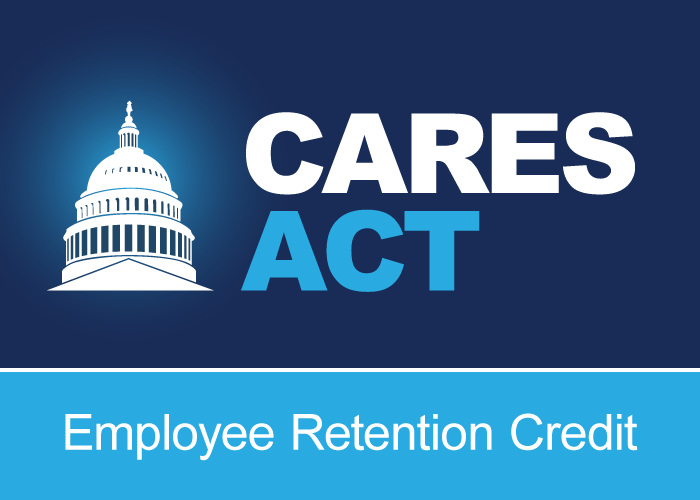The COVID-19 pandemic has had a significant impact on businesses across various industries. With a widespread economic slowdown, many businesses have been forced to cut down on expenses, including workforce. However, for those businesses that were able to retain their employees, the Employee Retention Credit (ERC) has been a lifeline, providing them with a generous stimulus program to help them weather the storm.
What is the Employee Retention Credit?
The Employee Retention Credit is a refundable tax credit designed to encourage businesses to keep their employees on the payroll during the pandemic. The program was initially introduced as part of the Coronavirus Aid, Relief, and Economic Security (CARES) Act in March 2020 and has since been expanded and extended by subsequent legislation. Click Here to Start Today and Qualify

Under the ERC, eligible businesses can claim a tax credit of up to $7,000 per employee per quarter for the wages paid between March 12, 2020, and December 31, 2021. The credit is available to businesses that either experienced a full or partial suspension of operations due to government orders or had a significant decline in gross receipts (i.e., a decrease of 20% or more) in a calendar quarter compared to the same quarter in the previous year.
Who is eligible for the Employee Retention Credit?
The ERC is available to all types of businesses, including tax-exempt organizations, that meet the eligibility criteria. However, businesses that received a Paycheck Protection Program (PPP) loan are not eligible for the ERC.
To claim the ERC, businesses must demonstrate that they meet one of the two eligibility criteria mentioned above. In addition, eligible businesses must have fewer than 500 employees, including full-time and part-time employees, to claim the credit.
How to claim the Employee Retention Credit?
Eligible businesses can claim the ERC by filing Form 941, Employer’s Quarterly Federal Tax Return, with the Internal Revenue Service (IRS). The credit can be claimed on wages paid to employees from March 12, 2020, to December 31, 2021. If the ERC exceeds the amount of federal employment taxes owed by the business, the excess can be refunded to the business.
The Bottom Line
The Employee Retention Credit has been a significant relief for businesses that have been able to retain their employees during these challenging times. The program has been instrumental in helping businesses maintain their workforce and keep their doors open, while also providing much-needed financial assistance to cover their operating expenses.
However, it’s important to note that the ERC is a complex tax credit, and businesses should seek professional advice to ensure that they meet the eligibility criteria and claim the credit correctly. With the ERC set to expire on December 31, 2021, businesses that are eligible for the program should act fast to take advantage of this generous stimulus program. Start the qualification process today by clicking here and start the refund timeline.